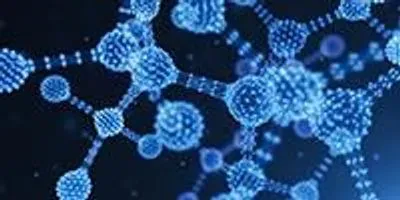
New research has revealed that simple, commercially available computer programs could be used to design next generation drug-delivery systems by predicting more easily how different chemical compounds interact.
Led by Dr. Jennifer Hiscock of the University of Kent, a team of researchers has identified a new more cost-effective way of predicting how compounds known as amphiphiles will interact with each other to impart specific physical properties to a solution.
The study, entitled "Towards the prediction of global solution state properties for hydrogen bonded, self-associating amphiphiles," has revealed for the first time the potential for simple, easily accessible new methods of predicting on a computer how the compounds will behave.
The research involved the team using computer modeling to exhibit desired, pre-programmed properties before the chemical compounds even exist in real life.
The research is likely speed up the development—and decrease costs—associated with developing new methods of delivering drugs and medical-grade soaps and gels.










